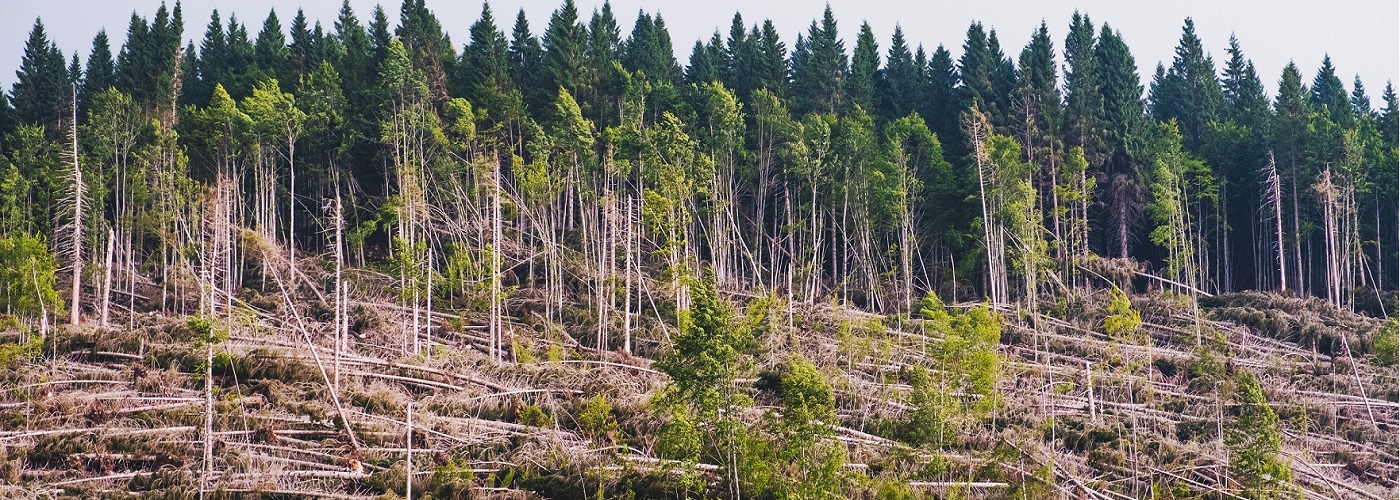

The main risks that arrive with strong storms are tornadoes, large hail, and damaging winds. Of these, damaging winds bring the most widespread threat for damage over a particular region. Damaging winds, also known as straight-line winds, can gust to over 100 mph and produce swaths of damage 100s of miles long. There are certain cues that meteorologists look for when diagnosing the risk for damaging winds during an upcoming outbreak of storms. One of the most telling stats that meteorologists look at is something called downdraft CAPE.
A few lessons ago, a severe weather index, known as CAPE, was studied and shown how it is used in predicting potential updraft speeds in thunderstorms. Downdraft CAPE is a tool that can predict potential downdraft speeds in thunderstorms. A thunderstorm downdraft is a narrow river of air that descends down from a storm. When the thunderstorm downdraft reaches the ground, it spreads out horizontally, resulting in damaging straight-line winds. A good way to think about how this works is visualizing how a stream of water descends down a faucet into a sink. When the water first reaches the surface of the sink, it spreads out in all directions.
Downdrafts are strengthened when pockets of air in the vicinity of a thunderstorm become cooler than the air around it. Here is how air near a thunderstorm can become substantially cooler than the surrounding air. Thunderstorms are oftentimes surrounded by drier air on their periphery. This results in some of the rain falling from the storm to evaporate. When water evaporates, it uses heat energy from the warmer air around it. By using up available heat in the process of evaporation, the air near the evaporated rain drop(s) is left cooler than the air around it. Since cool air is denser than warm air, these cool pockets of air become heavier than the air around it and accelerate downward, feeding the storm's downdraft.
The colder the air is compared to the surrounding air near a thunderstorm, the greater the downdraft strength. Downdraft CAPE is calculated by looking at air temperatures and relative humidity in the atmosphere. Based on this data, a value of downdraft CAPE is calculated, giving meteorologists a look at potential downdraft intensity and the associated risk for damaging winds.
Click here for a diagram of how downdrafts develop in thunderstorms. https://www.weather.gov/images/jetstream/tstorms/downburst.jpg
